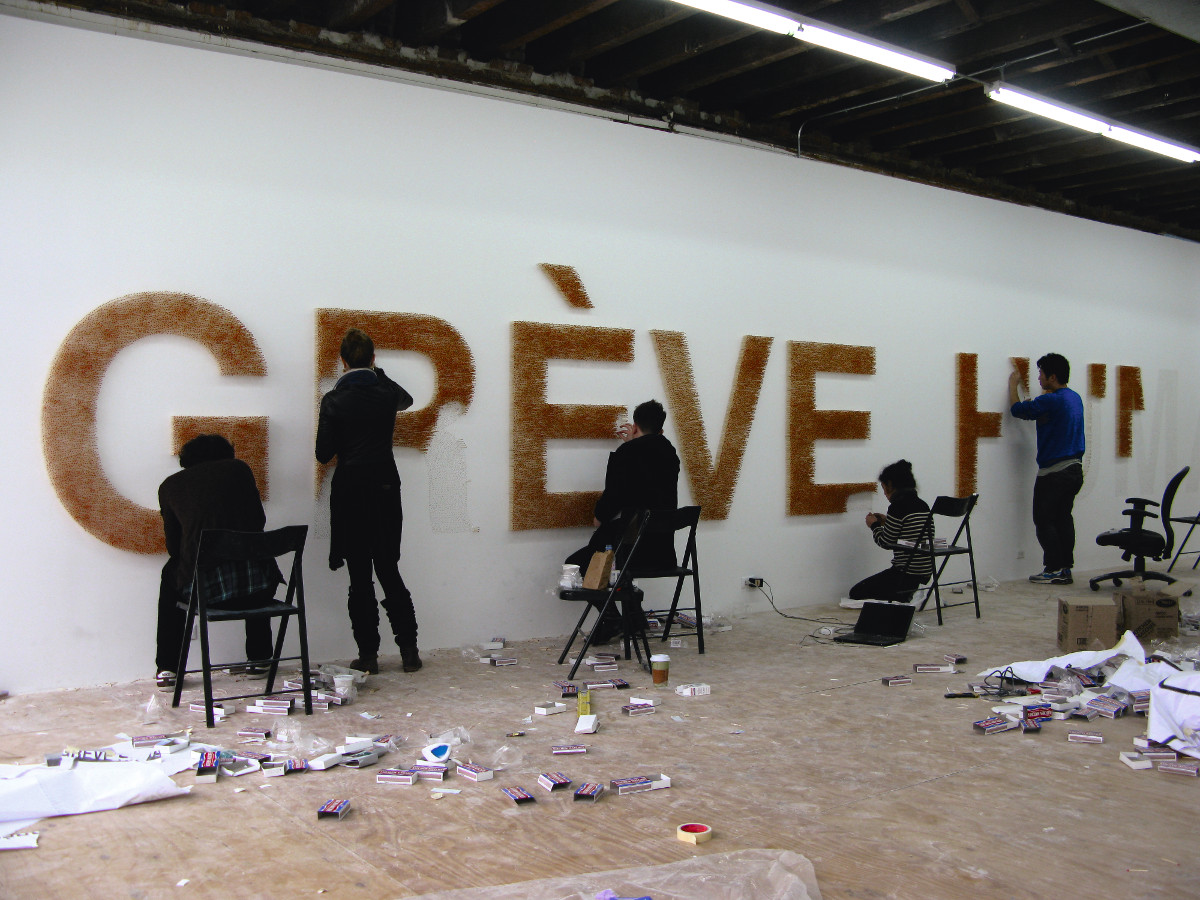
Does democracy work in art?
As Britain goes to the polls, we look at the democratic processes within the artworld’s most prominent groups
Few in Britain have been looking forward to today’s general election, and many view the likely outcome as, at best, a compromise. So does the democratic process function better in the artworld? Perhaps, according to our new book Co-Art: Artists on Creative Collaboration. In it author Ellen Mara De Wachter interviews 25 leading artist duos and collectives to discover how and why they work collaboratively.
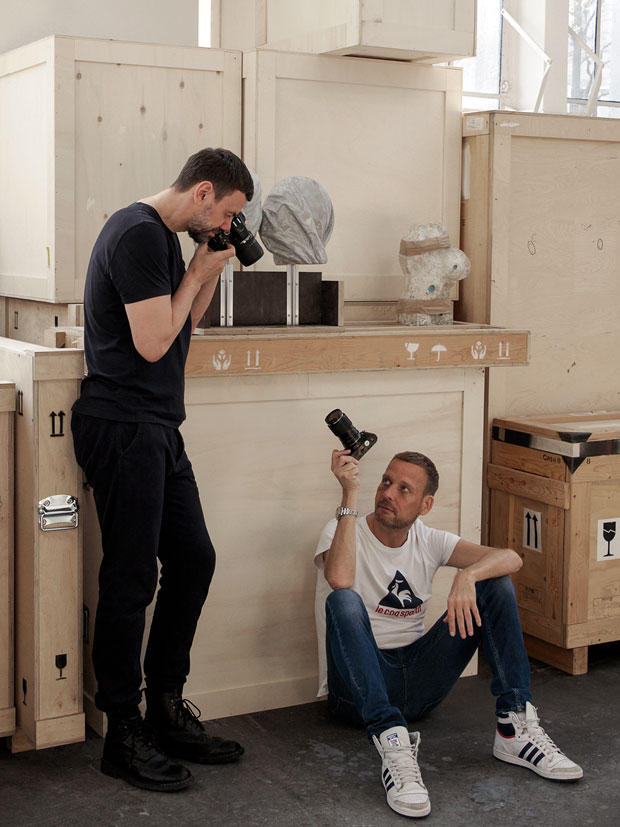
For the Danish Norwegian duo, Elmgreen and Dragset, the power of decision making is shared, albeit informally. “It’s certainly not that we always have a strict system of ‘I wash the cups and you dry them.’” explains Michael Elmgreen. “Neither of us has any particular skills! So we are both equally bad at anything, which is rather democratic.”
“I’m slower but also more patient,” says Ingar Dragset. “I’m used to slowness because I’m Norwegian. That fits better with certain tasks that take longer, whereas Michael is more explosive and more of an immediate decisionmaker and has a clearer image formed in his head very quickly.”
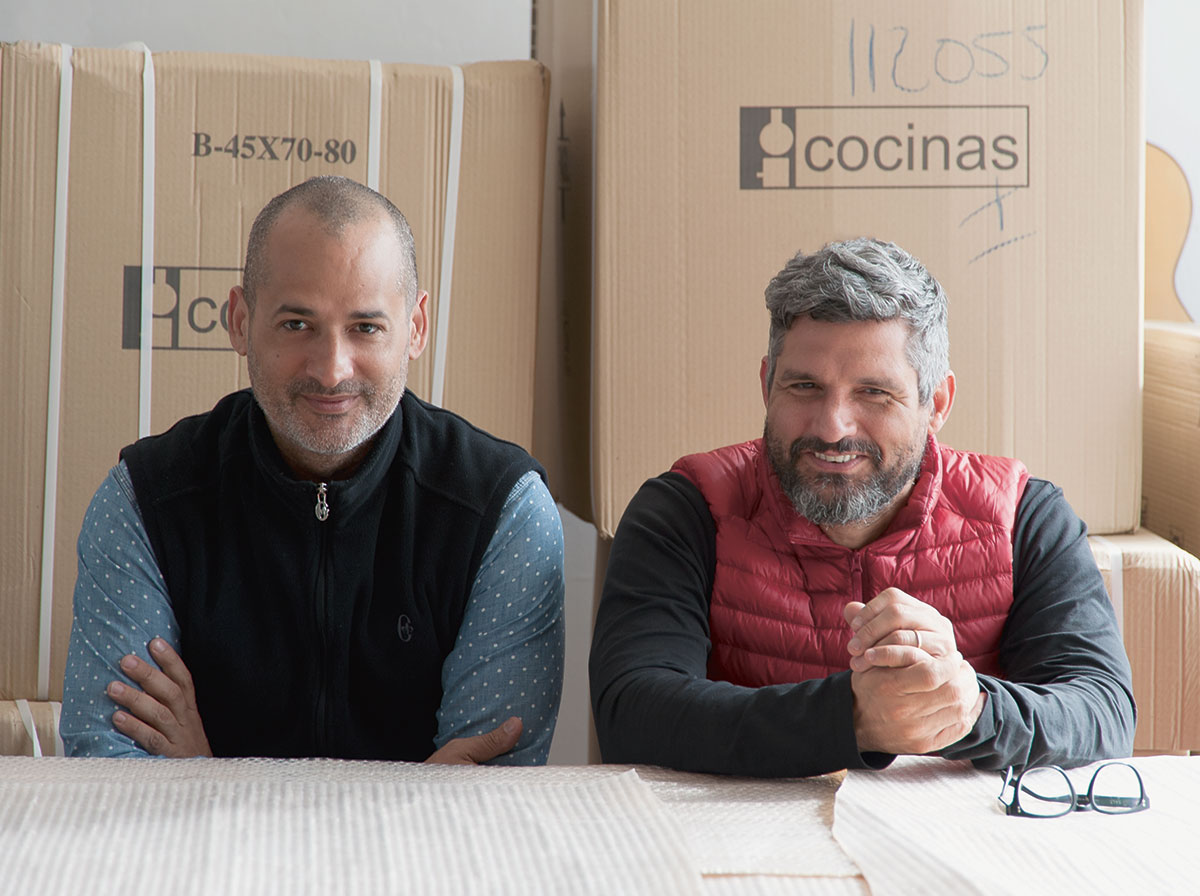
Of course, the system of one artist, one vote doesn’t really work in duos, as Los Carpinteros discovered a little over a decade ago, when this, Cuban art trio lost a member.
“When you have three people working together, it’s a specific dynamic. It’s always two people fighting and one as the observer. It’s like the United Nations!” says current group member Dagoberto Rodríguez Sánchez. “The third one has the responsibility to decide which way to go. We had this scenario all the time. When we became two, it became complicated because we needed to find the third vote outside of the duo. It meant that we started to implicate more.”
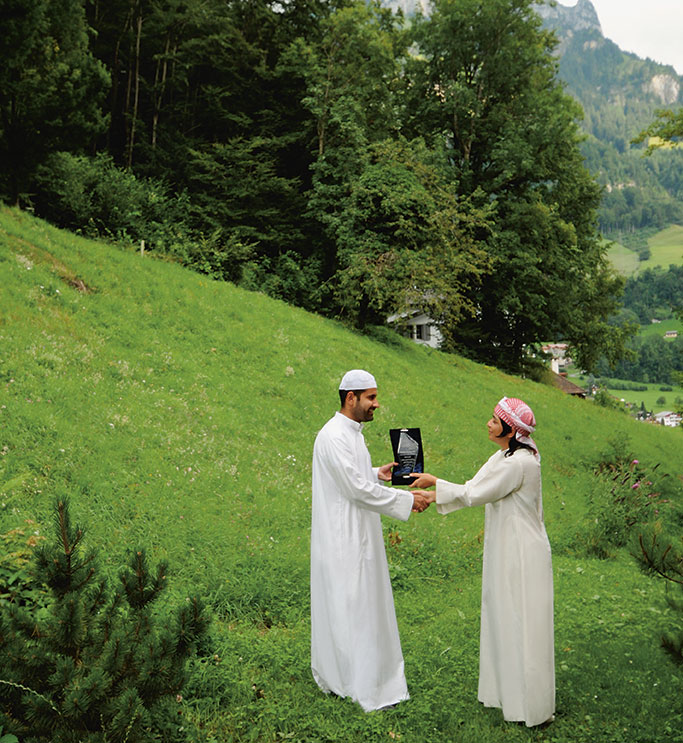
That comparison to intergovernmental organisation is even more marked for GCC, a Middle Eastern art collective named after the Gulf Cooperation Council. “Despite our namesake, there is no hierarchy, and we try to keep things as fair as possible,” says the group. “We try to achieve balance in our decision-making through voting and extended discussions. However, each person comes with a different knowledge base and we rely on those people to assert themselves at key moments.”
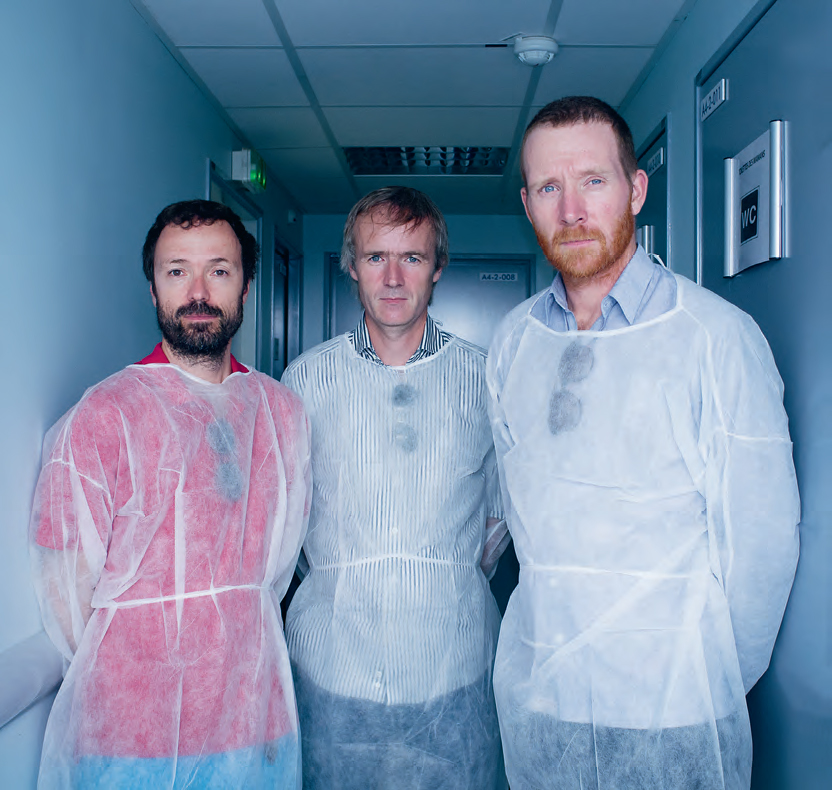
A lot of art collectives maintain shared decision making, while doing away with votes. “Of course there are hierarchies, and they change over time, but there’s no official ‘lead singer,” says Rasmus Nielsen of the Danish art collective Superflex. “We work with a model in which the person who insists the most gets what they want. We don’t vote on decisions. Persistence is a strong factor, and we take turns all the time. There is a process of arguing, fighting and then suddenly you feel that there is an answer in the air, and everybody knows: ‘Okay, here it is.’ It’s not spiritual inspiration, it’s more like trench warfare, and suddenly the front line is somewhere else.”
That war of attrition is something the London-based art and archiecture collective, ayr, recognise “It’s not like we take votes or rule opinions out,” says the group. “There’s usually quite a bit of fighting, but we always come to understand each other. It’s often [group member] Luis [Ortega Govela] who helps clear these tensions by just addressing them. He lays them on the table, pads them with kindness, and facilitates all of us solving them. There is a lot of emotional work going into sustaining the collective in a way that is more similar to a personal or familial relationship than a professional collaboration. Communication needs care even if, at the end of the day, we have chosen to work together and to spend time together.”
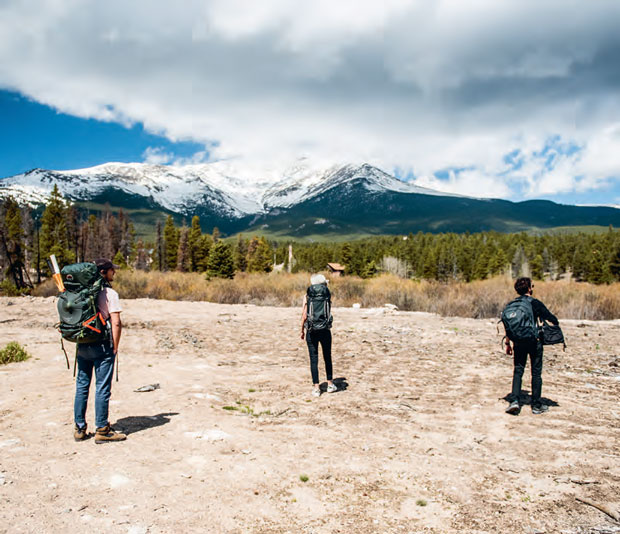
That even-handed roughing out of decision making still holds in LaBeouf, Rönkkö & Turner, despite one member, Shia LaBeouf, being a powerful Hollywood star, and the other two, Nastja Rönkkö and Luke Turner, recent graduates.
“Nastja knows about connectivity and gesture, Luke knows about framing. Nastja and Luke don’t know much about Stanislavski,” explains LabBeouf. “There is a sensitivity in Luke for certain things that he probably won’t talk about, but that Nastja and I don’t have.”
“The most important thing in our collaboration is that all three of us trust in each other’s intuition,” Turner concurs. “So if I frame a shot and show the other two, they don’t even have to say anything, I can see in their eyes that that’s the one. We all have power of veto. We don’t work in a hierarchy or two votes versus one. It’s either all three of us or nothing.”